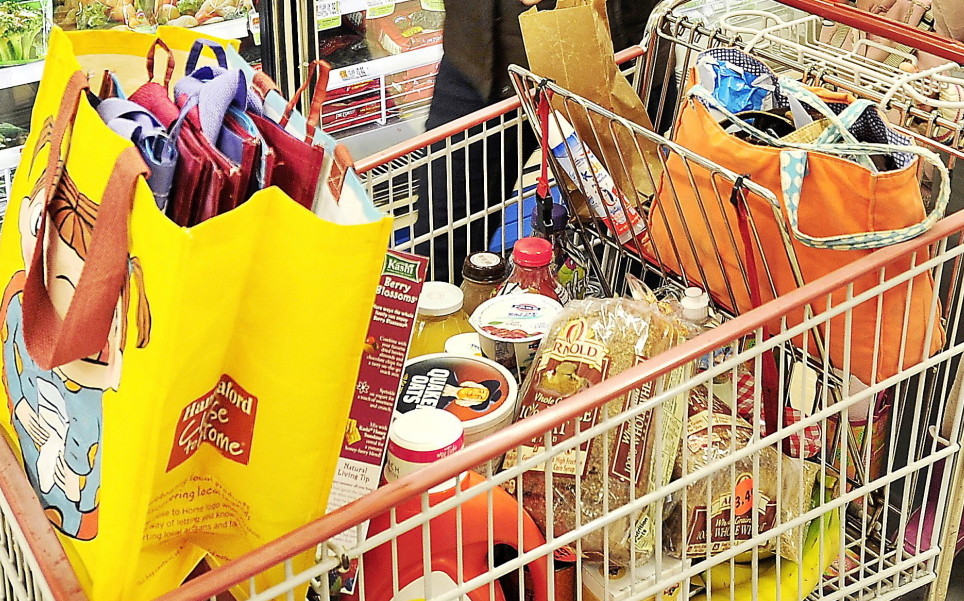Launching another battle in the war on what it sees as rampant welfare fraud, state officials recently announced a test that would make childless Mainers ineligible for food stamps if they have assets worth more than $5,000.
The LePage administration’s argument for the asset test doesn’t hold up. Rather than encouraging self-sufficiency, the new rule could actually discourage low-income Mainers from saving money. Meanwhile, the truly eligible could be deterred from seeking aid – making it more, not less, likely that they’ll remain stuck in poverty.
Mainers already have to disclose their earnings when applying for food stamps. Under the proposed rule, people in households without children would also be required to disclose their bank balances and whether they own things like snowmobiles, motorcycles or boats.
Those with over $5,000 in cash, recreational assets or both would be ineligible for Supplemental Nutrition Assistance Program benefits (the formal name for food stamps).
The state Department of Health and Human Services hasn’t offered an estimate on how many of the 8,600 Mainers affected by the new rule might fail the SNAP asset test. Our guess? Relatively few, given that the average SNAP household has just $333 in savings, according to the U.S. Department of Agriculture.
In Pennsylvania, which had an asset test from 2012 until this April, fewer than 1 percent of applicants were found ineligible for food stamps. This low failure rate makes the standards inefficient to administer. And while food stamp benefits are entirely federally funded, states pay half of the program’s administrative costs.
Supporters of the new rule say there’s an argument to be made for preserving the integrity of the food stamp program: The asset test reflects an ongoing effort to transform “the welfare system from a culture of entitlement to a culture of self-reliance,” said DHHS Commissioner Mary Mayhew.
But people don’t seek SNAP because the idea of receiving public benefits is so attractive. They ask for help because they don’t have enough to eat. To qualify for food stamps, a single person must be netting $973 or less a month. This doesn’t leave a lot of leeway for day-to-day emergencies, like car repairs or buying a uniform for a new job.
And the average food stamp benefit of $4.17 a day doesn’t go very far in Maine, where the average cost of a meal was $3.12 in 2013, compared to the national average of $2.79, according to the advocacy group Feeding America.
Most SNAP recipients do work, unless they’re too old, too young or disabled. If they’re holding down a low-paying position and still managing to save money, instituting a SNAP asset test is tantamount to punishing them for trying to better their circumstances.
The new rule will be the subject of a public hearing next month and would take effect sometime after that, with no legislative vote required. It might be a symbolic victory for the state, but it will be a real and significant hardship for the needy, despite the lip service paid to improving their lives.
Send questions/comments to the editors.



Success. Please wait for the page to reload. If the page does not reload within 5 seconds, please refresh the page.
Enter your email and password to access comments.
Hi, to comment on stories you must . This profile is in addition to your subscription and website login.
Already have a commenting profile? .
Invalid username/password.
Please check your email to confirm and complete your registration.
Only subscribers are eligible to post comments. Please subscribe or login first for digital access. Here’s why.
Use the form below to reset your password. When you've submitted your account email, we will send an email with a reset code.